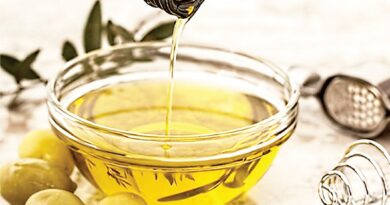PROBIOTICS
How many probiotic foods do you need? That’s not easy to answer.
There is no recommended daily intake for probiotics, so there is no way to know exactly which fermented foods or what quantity is best. Therefore, the general guideline is to just add as many fermented foods to your daily diet as possible.
Why fermented foods? Fermenting is one of the oldest techniques for food preservation. Mankind has been fermenting foods and drinks like beer and wine for centuries. Foods that are fermented go through a process of lactofermentation in which natural bacteria feed on the sugar and starch in the food, creating lactic acid. This process creates an environment that preserves the food and promotes beneficial enzymes, B vitamins, and omega-3 fatty acids, as well as various species of good bacteria.
Another way to look at fermentation is that it takes one type of food and transforms it into another kind. For instance, cabbage becomes sauerkraut, cucumbers become pickles, soybeans turn into miso, and milk can be made into yogurt, cheeses, and sour cream.
Not all fermented foods contain probiotics. Some foods undergo steps that remove the probiotics, as with beer or wine, or make them inactive, like baking and canning. However, most fermented foods are probiotic foods as well.
If there is a potential downside to fermented foods, it is that their taste and smell can be quite strong, which may be unpleasant for some people. The unique flavors and textures of fermented foods are due in part to the different species of bacteria used.
On the upside, there are many types of fermented foods from which to choose, so there is a good chance you can find something you will enjoy.
The most common fermented foods that naturally contain probiotics, or have probiotics added to them, include yogurt, sauerkraut, pickles, kimchi, sourdough bread and some cheese.
Yogurt is considered the most valuable player of probiotic foods because it has a flavor and texture that’s generally appealing to Western palates. The number and type of bacteria species can vary depending on the yogurt brand. The probiotic content of yogurt products can range from 90 billion to 500 billion CFU per serving. (CFU stands for colony- forming units, which is how many bacteria are able to divide and form colonies.) Look for the words “live and active cultures” on the label.




